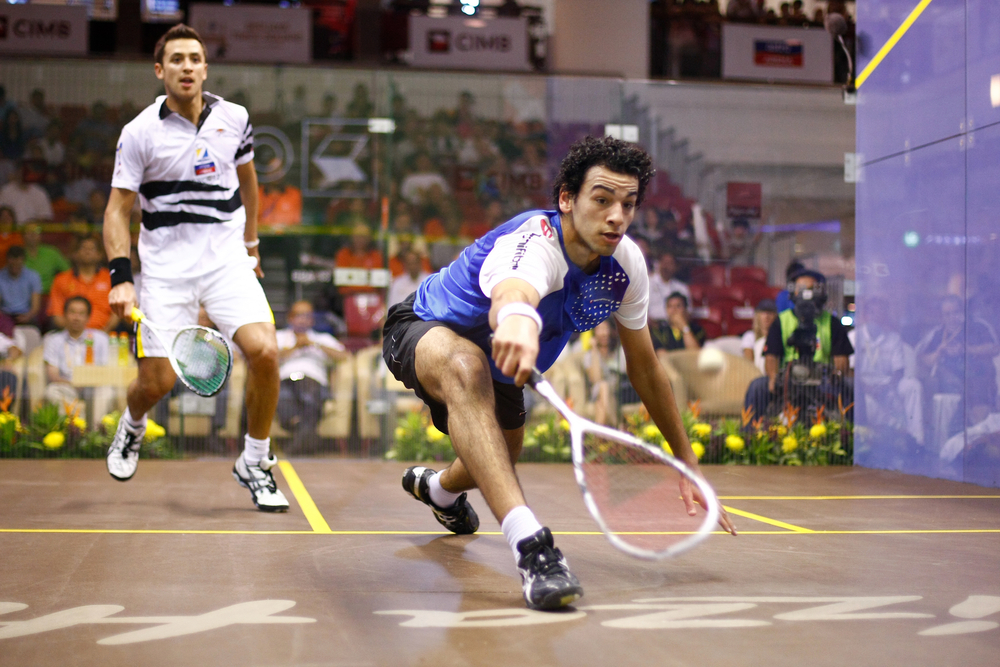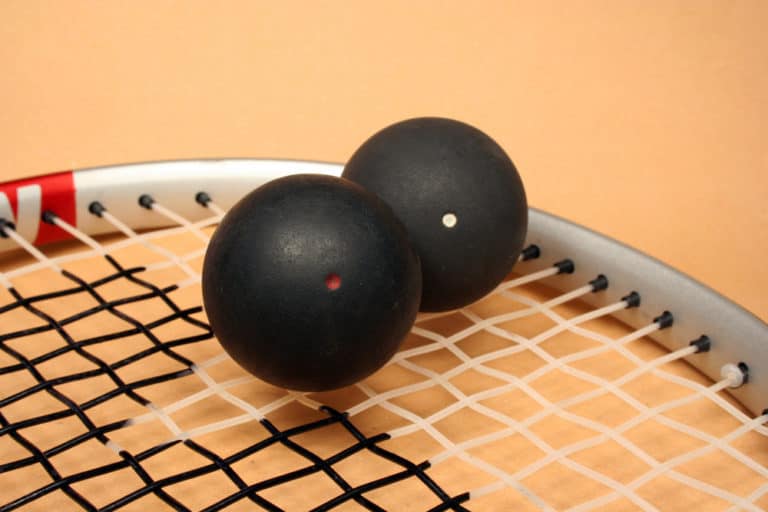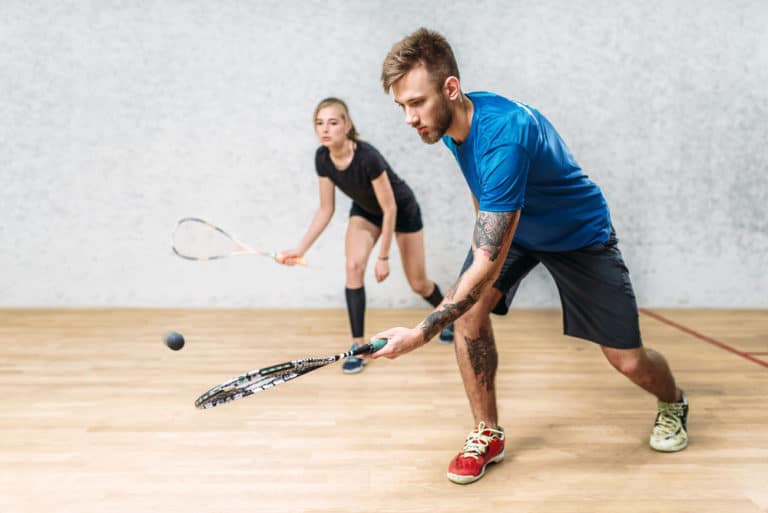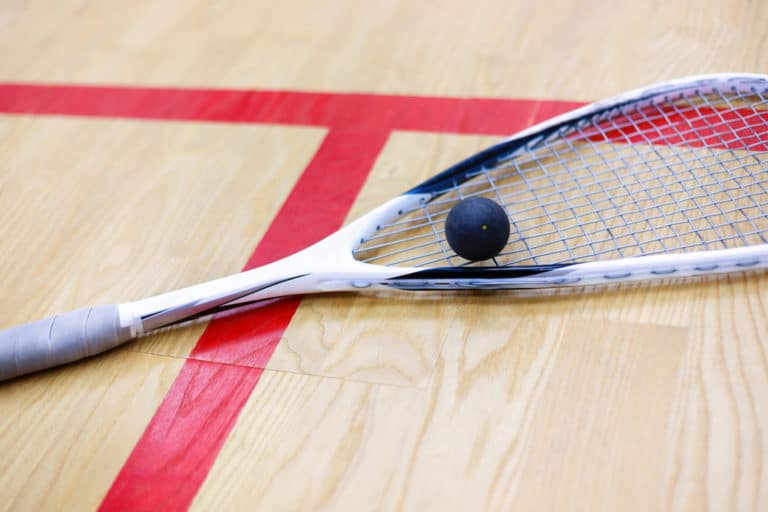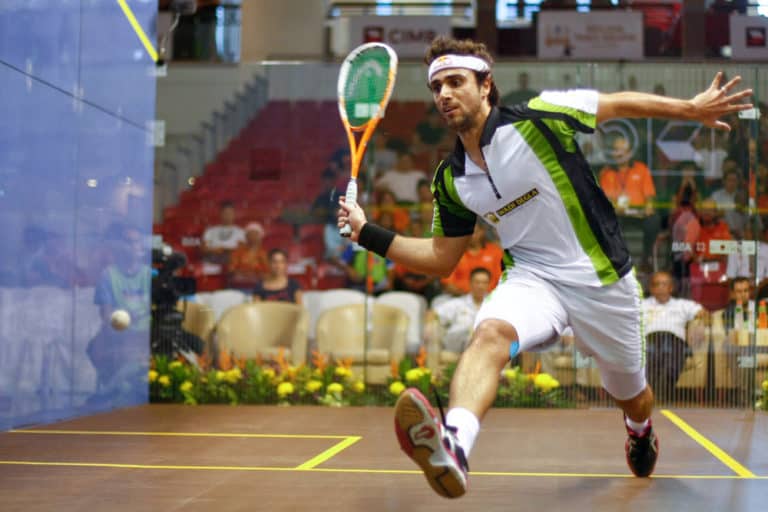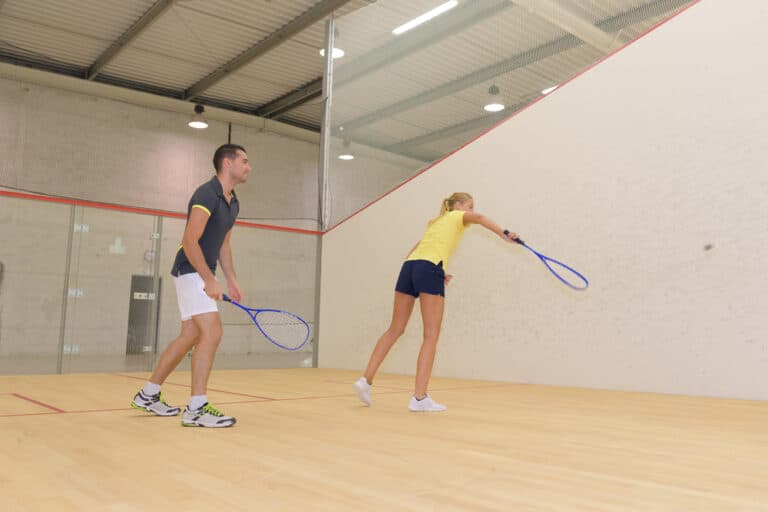Is Squash The Most Physically Demanding Sport?
If you’d like to know a little more about squash before picking it up as an exercise or hobby, you’ve come to the right place. I have experience with squash, badminton, and tennis, and I believe comparing these three makes the most sense. So, is squash the most physically demanding sport?
Squash is the most physically demanding sport, ranking at the same level as boxing and ultimate fighting. It’s hard on the knees and hips since the rallies are more frequent and last significantly longer than badminton or tennis. Squash players’ heart rate averages 168 bpm but peaks at 190 – 199.
Let’s explore the demands of squash by comparing them to their most likely competitors – badminton and tennis. We’ll look at how endurance each requires by analyzing game duration, how much downtime players experience, and average player heart rates.
Is Squash The Most Physically Demanding Sport?
Squash is the most physically demanding compared to similar racket sports like tennis and badminton. Contrary to belief, match duration does not mean a sport is more physically demanding.
Factors like the time a ball is in play, rallies, shots, shots per rally, and distance covered provide a much more accurate estimate.
Squash is closer to badminton than tennis. Both demand that you exert more force behind every swing because the ball and shuttle are less pressurized than a tennis ball.
Squash and badminton players cover more distance over a match, and frequent rallies guarantee the ball or shuttle stays in play much longer.
Tennis can be very demanding at high skill levels because rallies require players to cover a large court. Those with a lot of technique will return the ball more frequently than inexperienced players. However, a tennis ball is much less in play, and players spend more time picking up balls.
In fact, let’s consider a statistical analysis between tennis and badminton that shows the playtime for tennis.
The 1985 All England Tennis Championships had Boris Becker defeat Kevin Curren 6-3, 6-7, 7-6, 6-4. The World Badminton Championships happened the same year in Calgary, Canada, where Han Jian of China defeated Morten Frost of Denmark, 14-18, 15-10, 15-8.
- The tennis match took 3 hours and 18 minutes to complete. During the game, the tennis ball was in play for 18 minutes, and the players covered a distance of 2 miles. They also hit 1009 shots altogether.
- The badminton game was over in 1 hour and 16 minutes. The shuttle saw 37 minutes of play, about half of the total duration of the game. Players covered 4 miles and hit 1972 shots during the match.
The statistics show that the badminton players competed for half the time yet ran twice as far and hit nearly double the number of shots.
While the badminton numbers may not be the same as squash, it follows the same pattern in terms of a more significant number of shots, time played, and miles covered.
How Does Squash Compare To Badminton?
Although squash and badminton have similar actions and demands, squash pushes your strength and endurance to their maximum, while badminton is more demanding regarding explosiveness, resistance, and agility.
Badminton’s demand plays out in the ability to read your opponent’s shot. It may appear that a shot will come from a specific direction, only for your opponent to hit it in a different direction and at twice the speed you expect. For this reason, badminton players must develop strong legs and an explosive sprinting ability akin to a racehorse.
Regarding rallies and exchanges, squash far exceeds badminton’s, quickly reaching thirty shots or more. Consequently, you expend way more energy hitting the ball in squash than in badminton. Squash and badminton provide an excellent workout that will see your heart rate soar above 130 beats per minute.
Like in badminton, there is some deception in squash, too, because the ball doesn’t always bounce toward you. As such, you need to move pretty quickly at times, but not as frequently nor as fast as in badminton.
Squash is likely harder on the knees and hips as it can be pretty torsional. It involves a fair amount of twisting and wrenching, whereby body parts must make quick movements in opposite directions.
The frequent movement required from squash means that the calories burned in squash are among the highest of all sports – putting it on the same level as boxing and ultimate fighting!
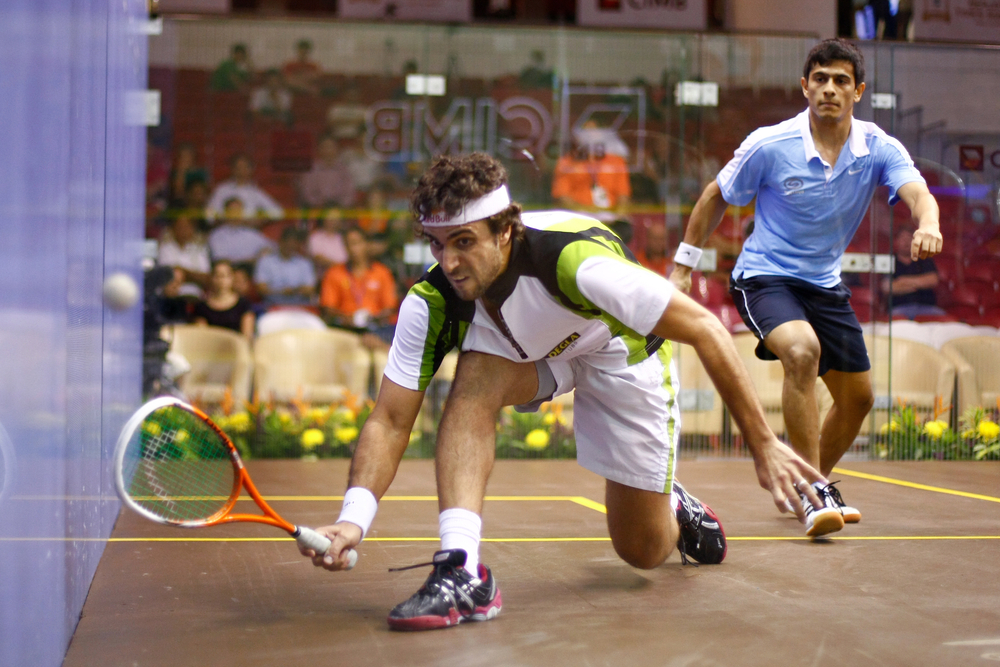
Do All Racket Sports Players Experience Similar Heart Rates?
A British Journal of Sports Medicine study reveals that squash players experience the highest heart rates, followed by badminton and tennis players.
The study utilized data from similar, earlier studies of badminton and squash players with that obtained during tennis. It compared things like mean rally time, the number of rallies, and actual playing time in 30 minutes of play for the different skill levels and sports.
Predicted maximum heart rate (PMHR) is a formula used to identify exercise intensity training. The formula is 220 – age = predicted maximal heart rate (PMHR). For instance, a player that is 32 years old will have a PMHR of 188 (220 – 32).
According to study findings, playing tennis caused players’ heart rates to increase to 68 – 70 percent of their anticipated maximum heart rates (PMHR). Compared to the results seen for tennis, playing squash and badminton increase heart rates to 80 – 85 percent of the players’ PMHR.
Badminton players get an average heart rate of 173.5 beats per minute, while squash players experience around the same average but peaking higher at 185 to 195 beats per minute. Tennis players have an average heartbeat of 150 beats per minute.
While the actual skill level of participating players did little to predict physical demands for squash and tennis, it was significant in predicting the heart rate response of badminton players – skilled badminton players had more cardiac reactions than inexperienced players.
Tennis players participated in play for just five of the thirty minutes of gameplay, compared to 15 and 10 minutes for squash and badminton, respectively, according to an examination of actual playtime.
Skill level was the main contributor in determining a game’s length, especially regarding squash. Intermediate and advanced players had significantly longer matches, while inexperienced players had short games that lasted a few minutes.
Conclusion
Squash is similar to badminton in terms of physical demands, but it pulls slightly ahead due to the frequency and length of its rallies. While tennis can also be pretty demanding, the demand is very infrequent because the ball is seldom in play.
Sources
- https://www.merriam-webster.com/dictionary/torsion
- https://www.quora.com/Is-squash-more-physically-demanding-at-the-highest-professional-level-than-tennis
- https://bjsm.bmj.com/content/16/2/96
- https://www.quora.com/Which-one-of-these-is-the-most-athletic-physically-demanding-racket-sport-and-why-badminton-or-racquetball-or-squash-or-table-tennis-or-tennis
- https://www.reddit.com/r/squash/comments/48tzlj/squash_or_badminton/
- https://pubmed.ncbi.nlm.nih.gov/1435167/
- https://bjsm.bmj.com/content/bjsports/37/1/62.full.pdf
- https://www.tandfonline.com/doi/abs/10.1080/10671315.1978.10615553
- https://researchspace.ukzn.ac.za/xmlui/handle/10413/7947
- https://www.researchgate.net/publication/16093617_A_comparison_of_heart_rate_responses_in_racquet_games

